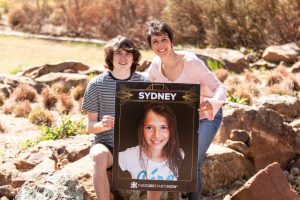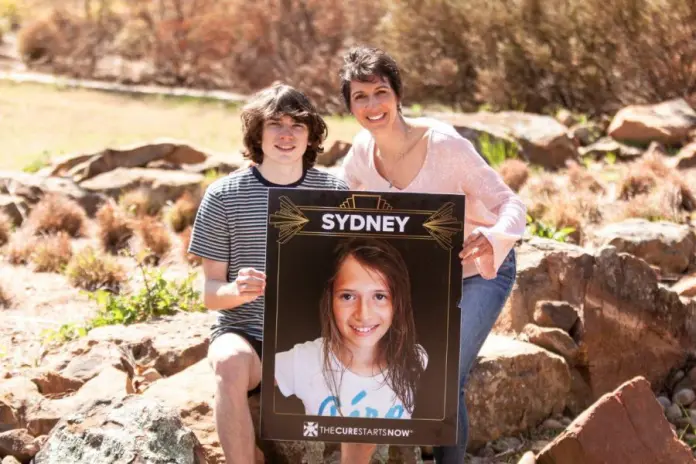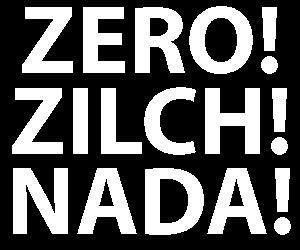
Sydney Bjornberg loved playing the piano, swimming with friends, skiing, playing with her brother, and singing to the tune of her idol, Taylor Swift.
But by the time she was 12 years old, Sydney had been diagnosed with brain cancer, and, as the disease was at its worst, the only way she could communicate was by using her right index finger to type on her iPad.
“I am too young to die,” Sydney wrote one day as her mother, Michelle, watched. “I am sooo sorry. I love you sooo much.”
For every sweet memory Michelle has of her beautiful daughter, there are just as many gut-wrenching ones like this of Sydney battling for her life. All the blood transfusions, biopsies, radiation, steroids, chemo infusions, and drugs that simply didn’t work. The nights where they would cry into each other’s arms — all the while promising never to stop fighting. And even the day when Michelle was forced to admit to her angel that the tumor would kill her.
Sydney died just shy of her 13th birthday in 2013. Her death added to an uncomfortably long list of children who continue to lose their lives to a disease that only receives one penny of each dollar spent on pivotal research that could, one day, make survival more promising.
Michelle, a Highland Village resident, has made it her mission to raise awareness and game-changing funds for childhood brain cancer so that other parents and children can stop waiting on a miracle and be promised a cure.
“We have a choice to sit in a corner or fight,” Michelle said. “I choose to fight.”
Michelle represents the North Texas chapter of The Cure Starts Now, a worldwide organization that has grown to become one of the biggest fundraisers for pediatric brain cancer research. To date, the organization as a whole has funded over $15 million in cancer research, resulting in over 97 cutting-edge research grants in 15 countries since 2007.
Over the past eight years, Michelle and Steve Bjornberg have raised over $1.5 million for this same research.
Before joining — and well before her own daughter became sick — Michelle said she was just like every other parent in that she had no idea how life-threatening childhood cancer was compared to that of adult cancers.
While the world knows about adult cancers such as melanoma, lung cancer, and breast cancer, there are lesser-known ones that only affect children. This includes what Sydney was diagnosed with: Diffuse Intrinsic Pontine Glioma. DIPG is a type of tumor that starts in the brain stem, and it is one of the most deadly, aggressive cancers known to man. While Sydney battled it for nearly 13 months, most children who have it die within nine months of diagnosis.
Cancer is one of the leading causes of death among children, second only to accidental car deaths. Every day, nine children in the United States are diagnosed with a brain tumor. And on average, 12,500 are diagnosed with cancer each year.
And yet, childhood cancer research is underfunded.
According to the most recent available statistics, we may spend three to five times the amount of research money per patient on most adult cancer cases than we do on children with cancer. And the public remains unaware of the magnitude of this disease despite the belief that a cure for childhood cancer could lead to a home-run cure for all cancers.
“Children who live in the United States, the richest nation with the highest standard of living — the greatest world power, and the country that went to the moon — have to rely on lemonade and cookie sales and their parents shaving their heads and running marathons to raise money to stop the number one disease killer of our children,” Michelle said. “The stat that kills me is that there has been no progress for 60 years. Sydney received the same treatment that was available when Neal Armstrong’s daughter, Karen Armstrong, was diagnosed with cancer 60 years ago.”
Sydney was 11 years old when she began experiencing symptoms at a birthday party. According to Michelle, Sydney’s cousin said that she was stumbling around outside but didn’t want to say anything.
“I pulled her into our office and asked her what was going on,” Michelle said. “The minute I looked at her, I saw this shift in her eye. The party was on a Sunday. By Monday evening, a girl who’d never had an IV in her hand or an MRI in her life … well, that was the beginning of hell for all of us. It literally happens that fast.”
The good news is that The Cure Starts Now may have created some long-overdue inroads to a cure.
Per a recent press release, researchers have identified a revolutionary new drug combination for DIPG that has been spectacularly effective in eradicating cancer cells in repeated lab tests. The drug therapy is a combination of two drugs — difluoromethylornithine (an established drug) and AMXT 1501, an investigational agent — and is expected to be introduced this year into a global children’s study led by the Children’s Cancer Institute. If successful, 16 hospitals in four countries would have the drug available for families who desperately need it.
These promising results were the product of research funded by The Cure Starts Now and a host of other foundations and organizations in the U.S. and Australia.
“One of the problems is that there are so few trials, and usually, they are only available in one hospital. This means kids and their families have to travel. But now, 16 hospitals can provide this trial drug. It’s huge news. This is real hope. Not a miracle,” Michelle said. “This is true science that could potentially give these kids an opportunity.”
It’s a breakthrough Sydney prayed for — not just for herself but for every child. And now it’s finally real.
To donate to this worthy cause, visit https://thecurestartsnow.org/get-involved/chapters/texas-north/.

















